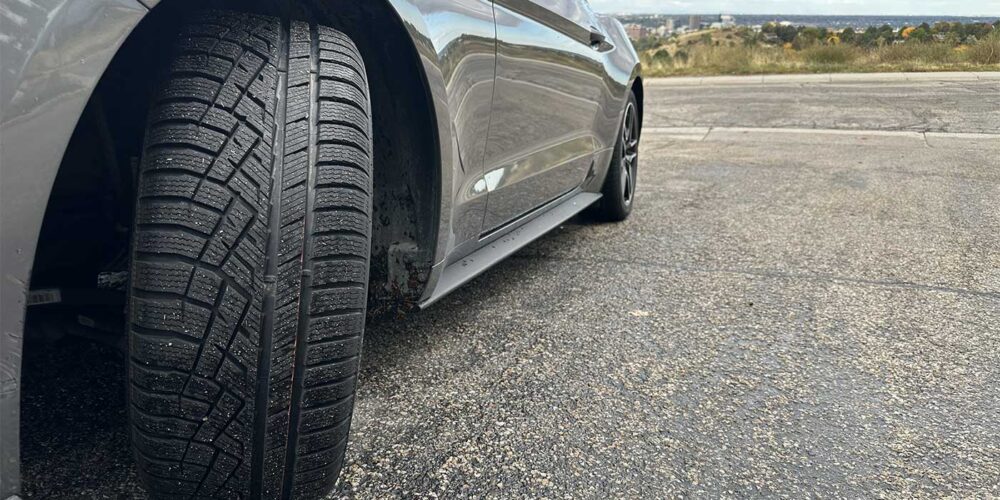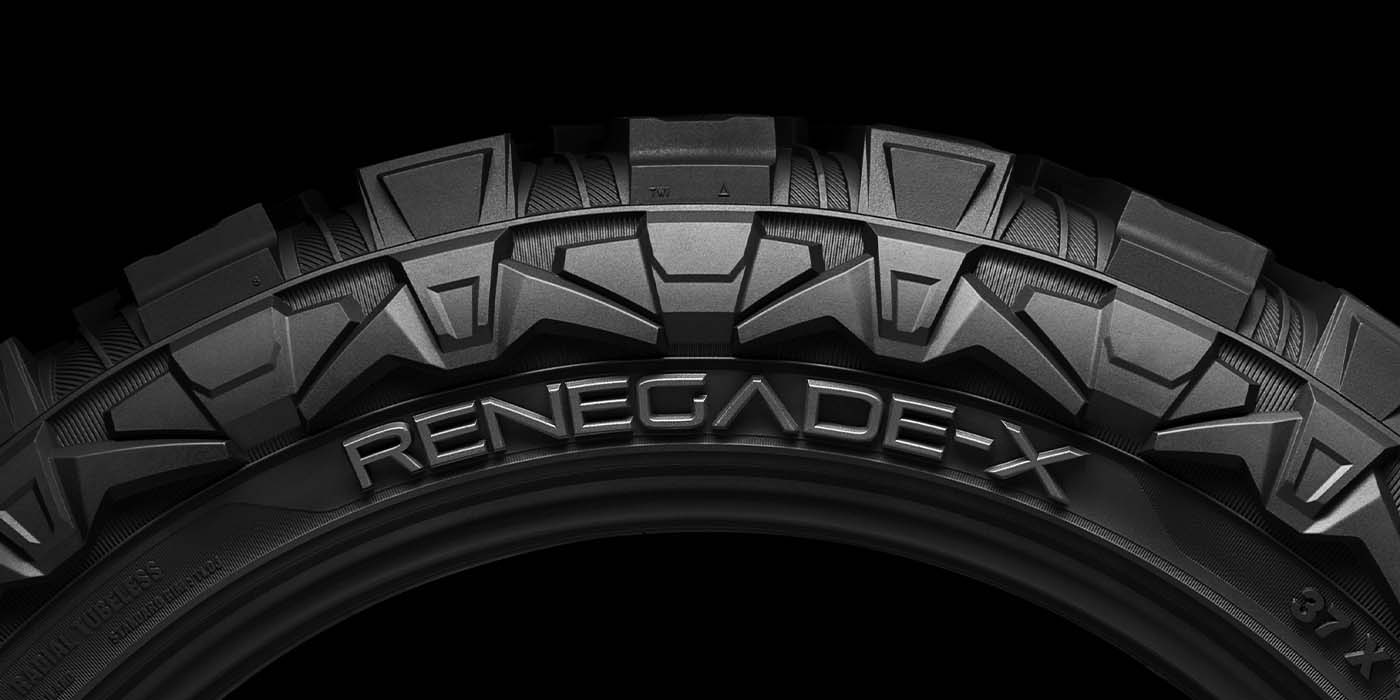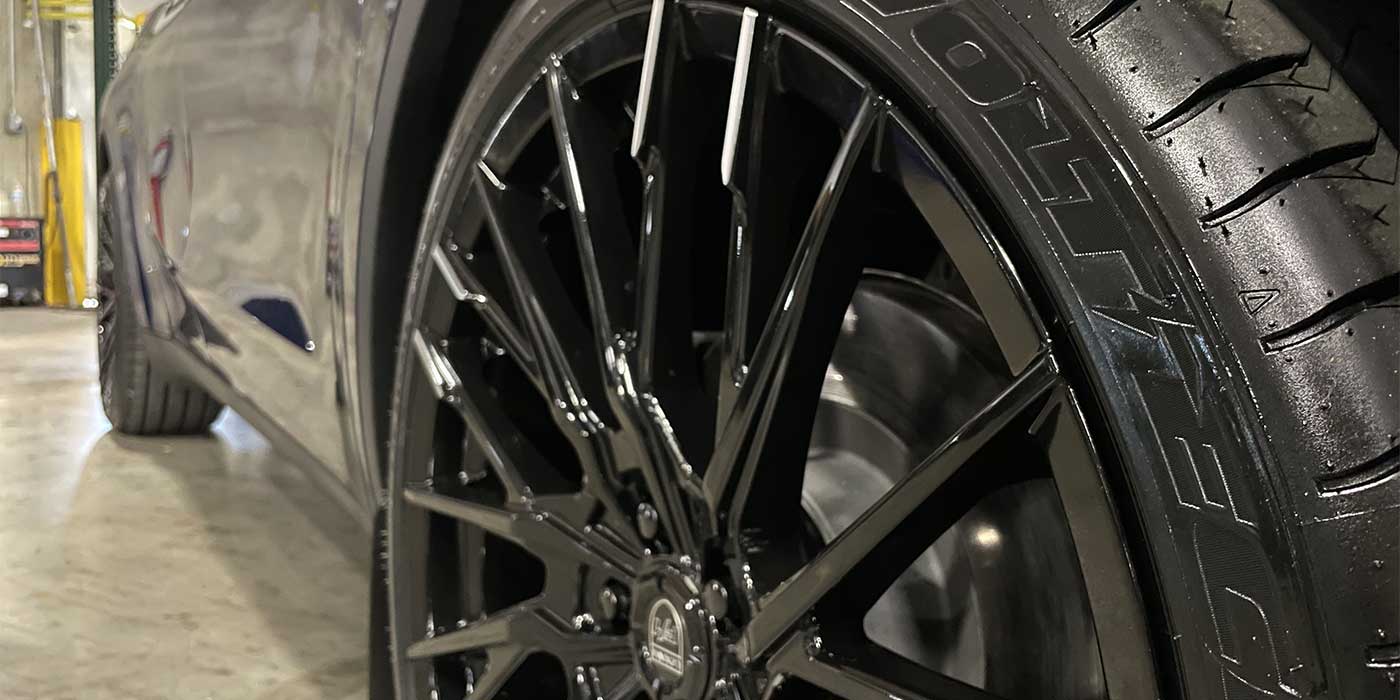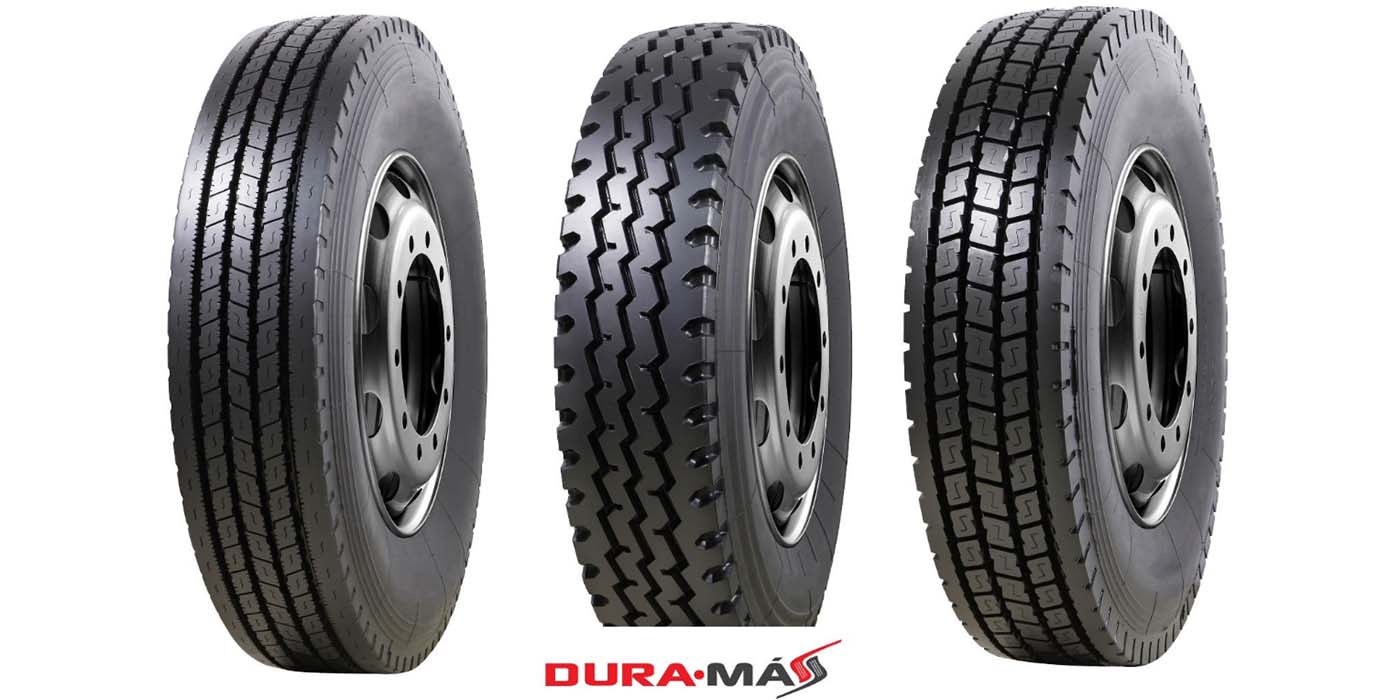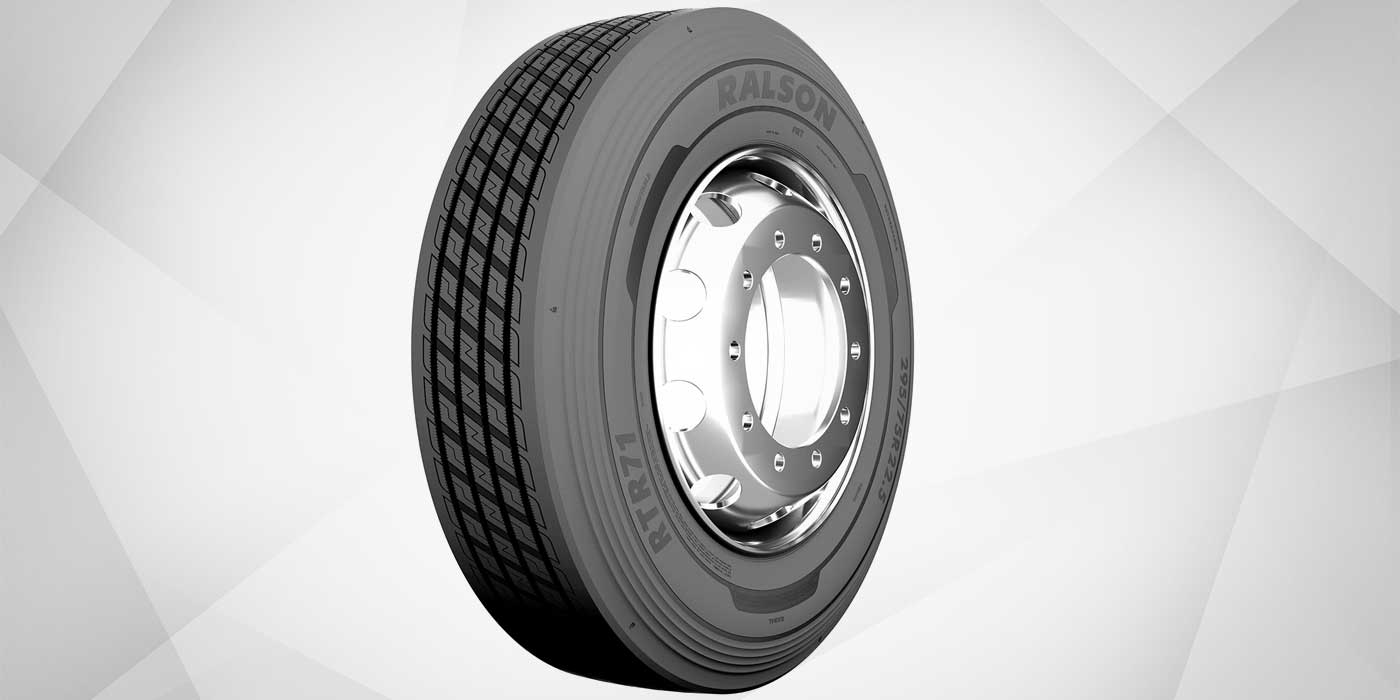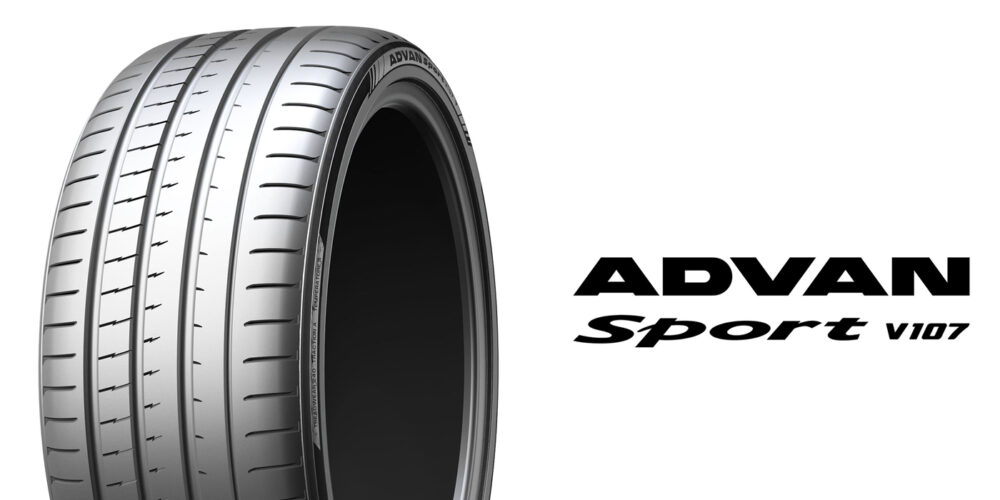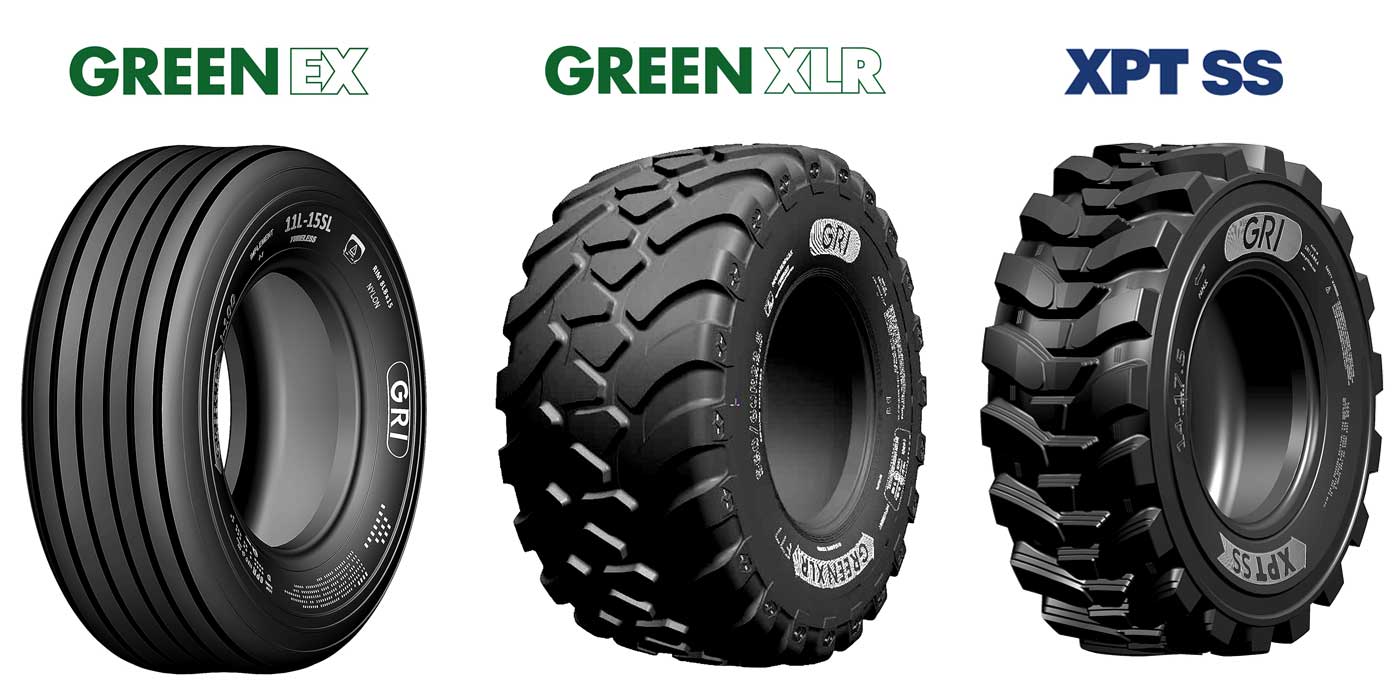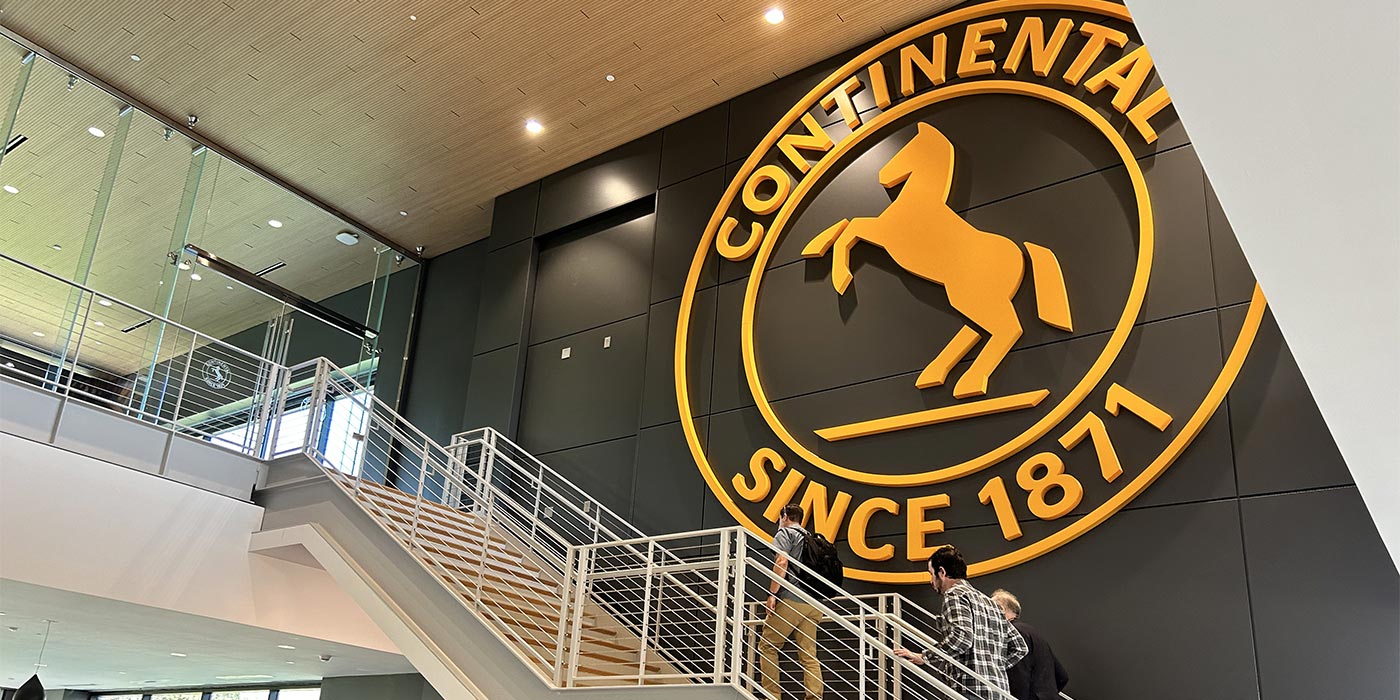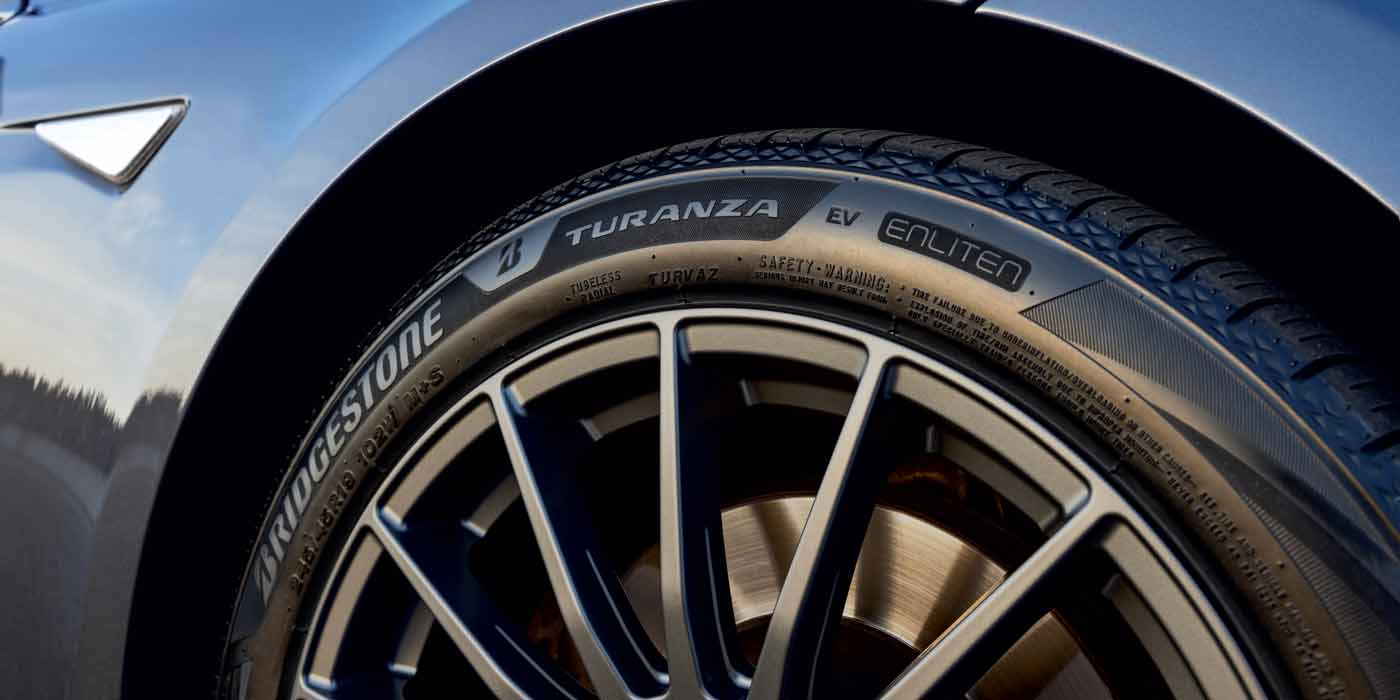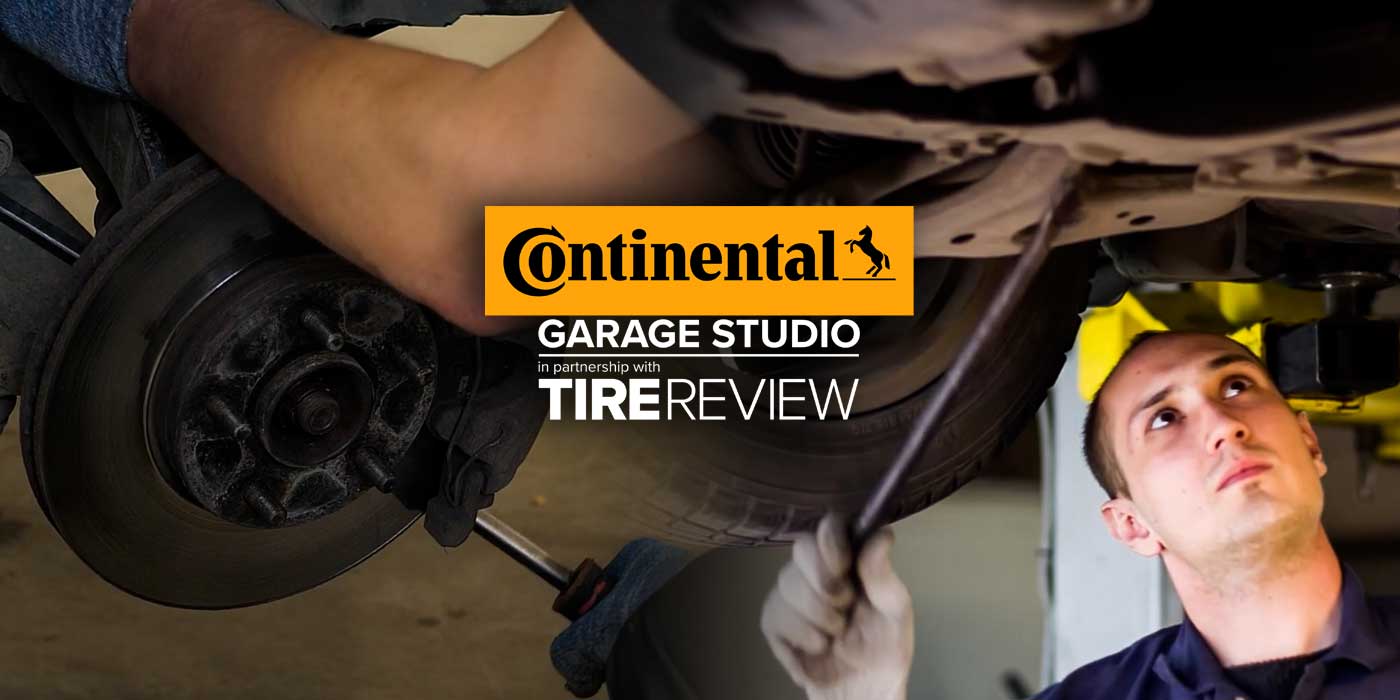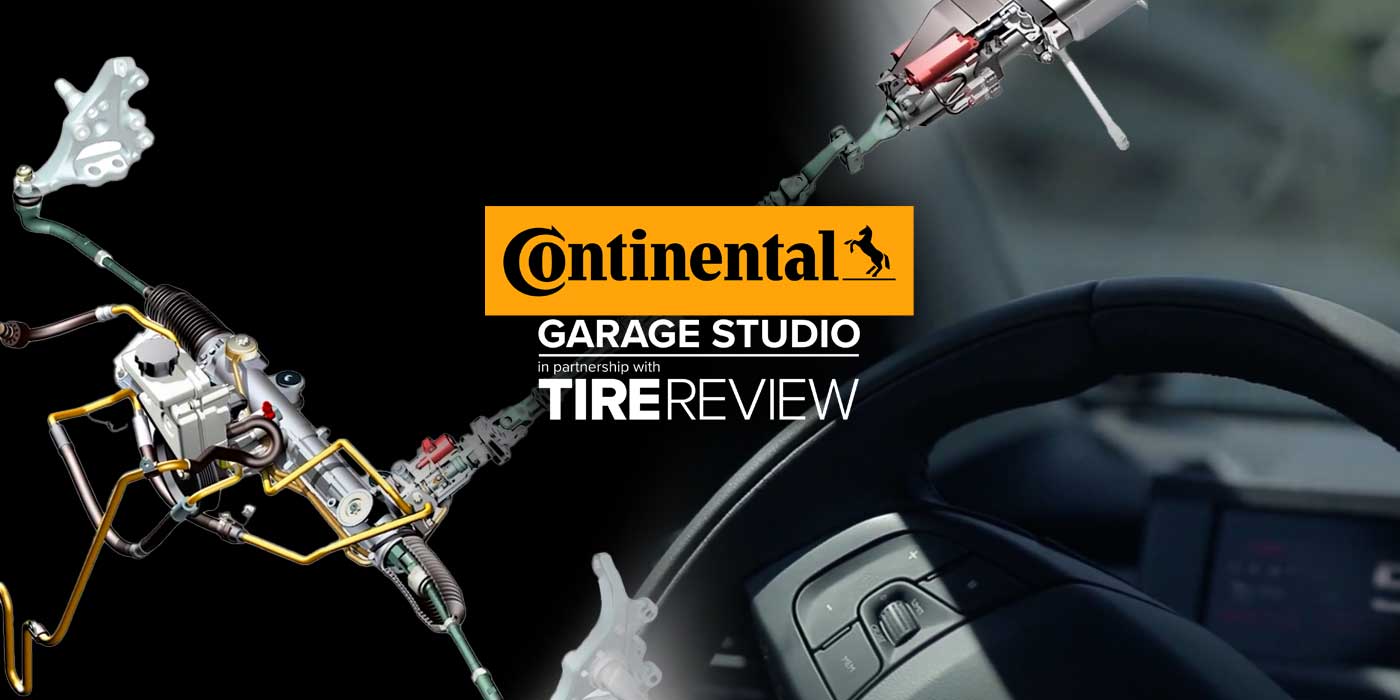While all-weather tires have seen increased demand in applicable geographic locations, there’s still quite a bit of confusion on the part of consumers when it comes to how these tires differ from their all-season counterparts. Add to that the uncertainty surrounding weather designations M+S (mud and snow) and three-peak mountain snowflake (3PMSF), and the segment is rife with misconceptions.
For tire dealers to find success in the growing all-weather tire segment, they need to start with an understanding of the nuances, as well as customer education.
“All-weather tires are year-round driving options that are certified with the 3PMSF emblem,” said Steve Bourassa, director of products and pricing for Nokian Tyres. “Whereas all-season tires are not suitable for sustained use in temperatures below 45 degrees Fahrenheit, all-weather tires remain soft in cold temperatures while maintaining effectiveness in wet and hot conditions. To accomplish this balance, all-weather tires often sacrifice longevity due to different tread compounding.”
He added that Nokian Tyres’ all-weather passenger tires feature an asymmetrical tread pattern that optimizes traction and handling in diverse conditions. The inside of the tire is heavily siped and designed to carve through snow, slush and standing water, while the outside more closely resembles an all-season tire.
“All-weather tires are best seen as a compromise option,” Bourassa said. “They won’t last as long as most all-season tires, and they won’t replicate a premium winter tire in heavy snow and ice. But for a driver who wants an alternative from an all-season tire to a true year-round tire, all-weather tires are a great fit.”
According to Philipp Schrader, product manager of touring and U.S. winter tires for Continental Tire’s PLT replacement tire business unit, all-season tires are touring tires that offer exceptional comfort, well-balanced wet and dry performance, optimal traction in light snow, and extended tread life — while all-weather tires are touring tires that carry the 3PMSF designation, which qualifies them for severe winter weather conditions while also offering exceptional wet traction, dry traction, and enhanced tread life.
With the names “all-weather” and “all-season” being so closely related, it’s easy to see why drivers might be confused.
According to Brandon Stotsenburg, vice president of Kenda Tire’s automotive division, the best description for this segment should actually be “four season.”
“Kenda has followed consumer testing and determined that ‘all-weather’ is confusing to many consumers, as they have become used to the standard M+S ratings and the term ‘all-season,’” he said. “Many of the touring products offered with the addition of the 3PMSF certification have a look that is more aligned with winter performance. Kenda has intentionally designed its grand touring tire, the Vezda Touring 4S, to be an exceptional wet touring tire that does not look like a winter tire and can be sold in all markets with the added benefit that it also offers 3PMSF certification and excellent winter performance.”
Comparing weather designations
Whether you call these tires four-season or all-weather, a key part of consumer education is explaining the differences between the M+S and 3PMSF emblems.
“Tires marked with M+S have a tread pattern, tread compound, or structure that is engineered to deliver better performance in snow conditions than a tire without this marking,” Schrader said. “The 3PMSF symbol is a more stringent certification that identifies tires that can perform to a minimum legal level in severe winter weather conditions.
He added that tire dealers need to properly understand consumer needs based on driving habits, typical weather conditions and overall performance preferences. If the consumer lives in an area with mild winters and/or regular rainfall, all-weather tires could be the perfect fit for them.
According to Bourassa, the M+S designation is “virtually useless” for discerning a tire’s winter properties.
“No testing or accreditation is required to achieve it – it’s a geometric standard,” he said. “The 3PMSF emblem reflects that a tire has met minimum spin traction standards in medium-packed snow.”
However, 3PMSF does come with its own limitations — and not all tires with the symbol are created equally, Bourassa added.
“The symbol does not mean all-weather tires will always thrive in severe snow or ice, but 3PMSF is a good starting point for dealers who are evaluating which tires to offer customers who visit winter or have winter visit them,” he said. “Dealers should keep in mind that just because a tire has 3PMSF does not mean it will replicate the extreme performance of a winter tire. If a consumer wants elite snow and ice performance, they should look for tires with the new ice grip symbol.”
Stotsenburg said that the primary differences in obtaining M+S and 3PMSF benefits are related to both mechanical design and materials.
“The overall material differences need to work across a broader temperature range without sacrificing the performance needed in the dry and wet range,” he explained. “The key additional attribute will be to extend the wear that most consumers want and have come to expect. To meet the 3PMSF certification and the other performance elements, the mechanical design must be siped properly and still meet the other benefits. For Kenda, we have chosen an asymmetric design for the touring segment, which allows the tire to maximize performance elements on the inside and outside of the design while also allowing the tire to be aesthetically attractive.”
All-weather segment growth
All three tire manufacturers polled for this article reported growth in all-weather tire sales over the last few years.
“There has certainly been an increase in the demand for all-weather tires, but it is difficult to estimate the impact on all-season tire sales as both segments have enjoyed growth over the last couple of years,” Schrader said. “The need for all-weather tires is clear to us, which is why we developed the Altimax 365AW to address those specific consumer demands for a touring tire with the 3PMSF certification.”
“Nokian Tyres’ all-weather sales have grown in direct relationship with our growth in North America,” Bourassa said. “From a macro perspective, the proliferation of all-weather products available in the market has led to segment growth.”
He added that Nokian positions all-weather tires as an upgrade from all-season tires in geographic areas that experience unpredictable winter weather.
“Therefore, we hope and expect that all-weather tires would cut into all-season sales instead of cannibalizing winter tire sales,” Bourassa said. “If weather is severe enough to necessitate a dedicated winter tire, we recommend drivers swap their all-season tires for winter products each fall.
“Tiremakers are recognizing the value and importance of the all-weather space, which is consequently more crowded than it has ever been,” he continued. “As the company that introduced the all-weather passenger tire to North American drivers 25 years ago, we’re happy to see tiremakers and drivers embracing all-weather tires as an alternative to all-season tires when appropriate.”
According to Stotsenburg, Kenda anticipates that the segment will grow significantly in the following vehicle applications: grand touring tires that offer H or V speed ratings with the performance previously outlined; A/T applications for both metric and LT vehicles; and H/T applications for both metric and LT vehicles.
“Differentiation will be based on the level of four-season capability, along with the appearance and balanced performance,” he said. “As these capabilities are provided, four-season tires will become increasingly higher volumes across each segment.”
Changing tire trends
As with any tire segment, shifts and trends affect the market as tiremakers adapt in order to continue meeting the needs of drivers.
“Growth in rim diameters and speed symbols have certainly affected this segment over the last couple of years,” Schrader said. “This has pushed manufacturers to consider more ‘powerline’ approaches to cover a broad range of vehicle types for consumers with all-weather tire needs.”
“Generally, the segment has been improving the consumer requested benefits to meet additional wear with the 3PMSF certification,” Stotsenburg said. “The premium performance benefits of the Vezda Touring 4S include meeting exceptional wet performance while not sacrificing ride, noise and dry performance for both handling and braking. The additional consumer need is that most want a touring look versus a winter tire look.”
According to Bourassa, unpredictable weather has also led to a shift in drivers’ needs.
“Since all-weather tires are designed to help consumers hedge their bets in the winter months, they are becoming important safety tools in areas where winter weather is harder to forecast than it used to be,” he said.
Meeting consumer demands
Considering all-weather tires are still touring tires, mileage remains the primary performance concern among drivers.
In addition, they also seek a tire that offers 3PMSF-certified winter performance, ride comfort and well-balanced wet and dry handling, according to Schrader.
“Winter safety is the number one priority for many all-weather drivers,” Bourassa said. “We conducted a survey that indicated nearly three-fourths of all-season drivers feel unsafe on the road at least a few times each winter. All-weather tires answer that desire for better snow grip and traction. Ride comfort and overall performance on asphalt are also critical to these consumers. They will be using these tires most often in dry or wet conditions throughout the year, and they need assurance that their tires will be suitable for all conditions.”
Stotsenburg added that, when necessary, handling while towing is also a desired capability.
Successfully Serving Customers
For tire dealers, when it comes to serving all-weather customers, recommendations should be tailored to the specific vehicle application and the consumer needs to match the desired look and function, according to Stotsenburg.
“Dealers also must be aware that many consumers currently are still unclear about four-season versus all-season tires,” he said. “The tire dealer should be prepared to provide knowledge of the tire options and convey the best choices given the driving conditions that the vehicle and driver will experience.”
Stotsenburg advised dealers to show their dealership is ready for this segment by displaying tire options and having salespeople who can discuss the options with strong brand and product knowledge.
“Confirm the use, vehicle needs and driving habits; understand what they want prioritized and specific concerns for dry and wet handling, braking, ride, wear and noise,” he said. “Understand if they may need a winter-light tire or a dedicated winter tire if they will experience winter conditions.”
Bourassa said dealers should sell all-weather tires to drivers who are seeking a year-round upgrade from all-season tires, not a downgrade from dedicated winter products.
“There is still a notable performance difference in extreme winter conditions, and a driver who is accustomed to winter tires may be disappointed with the performance of an all-weather tire in severe conditions,” he said. “However, a lifelong all-season driver will likely notice strong improvements in winter handling when they opt for all-weather rubber.”
It’s also critical to set clear expectations with customers about the all-weather segment’s mileage and noise levels in order to ensure they are satisfied when they make the move to all-weather products, Bourassa added.
“It is also important to highlight the added convenience and cost savings for all-weather versus summer and winter tires,” Schrader said. “Seasonal changes are no longer needed and only one set of tires needs to be purchased, which tends to be a major motivator for consumers. Explaining the economic, convenience and safety benefits of all-weather tires should convince consumers that this product is the right choice for them.”

